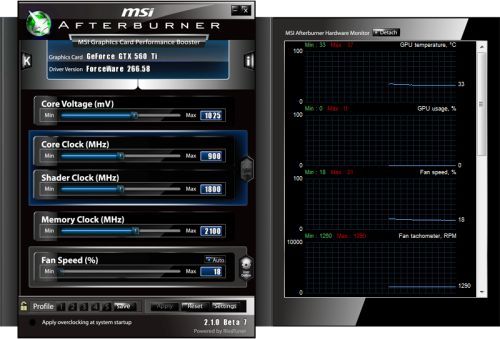

I wouldn't bother overclocking the memory above 200-300mhz, the gains with mem overclocking aren't worth it on most games, GDDR6X memory heats up fast and it has error correction built in (with previous vram generation, you would start getting artifacts but that's not the case with GDDR6X) so it's not necessarily that if you overclock it very high (700mhz+) you will get better performance, you will instead get lower performance if the overclock was unstable because the error correction will kick in (instead of getting artifacts) resulting in lower performance, not to mention the unwanted backplate heat with such high mem overclocking.Įdit: Also what JackCY said, your overclocking is very limited due to the hard PL set on the card's bios. Of course you can play with core voltage and make a curve with it based on core clock values to find the highest overclock possible but don't do that without doing extensive research. The bios update for the 3090 TUF was only to adjust the fan curve and db noise levels etc.Īs for overclocking, start by raising the core clock with 25mhz increments until you get instability then lower 25mhz (3dmark isn't a good indicator of stability, you also have to play some games for like 30 mins or even more to confirm). As for the new bios, it only made the PL higher for the 3080 TUF (from 350w to 375w) not the 3090 TUF, it's still the default 375w for the 3090. Not sure why on balanced many people have lower scores on 3dmark, it was confirmed on some configurations that the 3000 series cards get lower performance when it's set on balanced. A lot of people who did that got the scores as they should be (around 19500-2000 on time spy for the 3090). I believe you should change your power plan from "balanced" to "high performance" or "ultimate performance" in power options.


 0 kommentar(er)
0 kommentar(er)
